Are you curious about the inner workings of your electric stove? Do you often find yourself wondering how those heating elements contribute to the perfect meal? Look no further, because in this blog post, we aim to demystify the different heating elements in an electric stove. We understand your desire to learn and gain knowledge about the various types of heating elements and their unique features. By the end of this post, you will have a comprehensive understanding of these essential components and how they contribute to your cooking experience. So, let’s dive in and uncover the secrets behind the heat!
Top-rated electric stoves for efficient and reliable cooking
Types of Heating Elements
When it comes to electric stoves, the heating element is a critical component that determines how efficiently and effectively your food is cooked. In this section, we will explore the different types of heating elements commonly used in electric stoves. We will discuss the differences between coil, smoothtop, and induction heating elements, and their respective advantages and disadvantages.
1. Coil Heating Elements
Coil heating elements are the traditional choice for electric stoves. These elements consist of a metal coil that heats up when electricity is passed through it. Here are some key points to consider:
- Advantages:
- Affordable: Coil heating elements are generally more budget-friendly compared to other options.
- Reliable: They have a long-standing track record and are known for their durability.
- Compatibility: Coil elements are compatible with a wide range of cookware types.
- Disadvantages:
- Uneven Heating: Due to the coil design, heat distribution may be uneven, resulting in hot spots and slower cooking times.
- Difficult to Clean: The exposed coils can accumulate spills and debris, making cleaning more challenging.
Popular examples of electric stoves with coil heating elements include the Frigidaire FFEC3025UB and the Kenmore 41303.
2. Smoothtop Heating Elements
Smoothtop heating elements offer a sleek, modern appearance. Instead of visible coils, these elements are made of a smooth glass-ceramic surface. Let’s take a closer look at their features:
- Advantages:
- Easy to Clean: The smooth surface is easier to clean compared to coil elements.
- Even Heating: Smoothtop elements provide more even heat distribution, resulting in improved cooking performance.
- Safety: Some models come with features like residual heat indicators, which alert you when the surface is still hot.
- Disadvantages:
- Scratching: The glass-ceramic surface is prone to scratches, so extra care is needed when using or cleaning the stove.
- Limited Cookware Compatibility: Smoothtop elements require flat-bottomed cookware to ensure proper heat transfer.
Notable smoothtop electric stoves include the GE JS645SLSS and the Whirlpool WEE745H0FS.
3. Induction Heating Elements
Induction heating elements represent the latest advancement in electric stove technology. These elements use magnetic fields to directly heat the cookware, resulting in faster and more efficient cooking. Here’s what you need to know:
- Advantages:
- Rapid Heating: Induction elements heat up quickly, reducing cooking times significantly.
- Energy Efficiency: They transfer heat directly to the cookware, minimizing heat loss and saving energy.
- Safety: Induction stoves only heat when compatible cookware is detected, reducing the risk of accidental burns.
- Disadvantages:
- Cookware Compatibility: Induction elements require cookware made of ferrous materials like cast iron or stainless steel.
- Initial Cost: Induction stoves tend to be more expensive upfront compared to coil or smoothtop options.
Notable induction electric stoves include the Bosch HIIP054U and the Samsung NE58K9560WS.
Coil Heating Elements
Coil heating elements are an essential component of electric stoves, responsible for generating the heat needed for cooking. In this blog section, we will delve into their construction, heat generation mechanism, and highlight the pros and cons associated with their use. By the end, you will have a thorough understanding of coil heating elements and their place in the world of electric stoves.
Construction of Coil Heating Elements
Coil heating elements consist of a tightly wound resistive wire made from materials such as nichrome or stainless steel. These materials possess high electrical resistance, allowing them to convert electrical energy into heat efficiently. The wire is wrapped in a spiral or coil shape, which increases its surface area, ensuring even heat distribution when energized.
Heat Generation Process
When an electric current flows through the resistive wire of a coil heating element, it encounters resistance. This resistance causes the wire to heat up, generating the desired cooking heat. The heat generated by the coil is then transferred to the cookware placed on top, enabling the cooking process.
Pros of Coil Heating Elements
Coil heating elements offer several advantages, making them a popular choice among consumers. Here are some key benefits:
- Affordability: Coil heating elements are widely available and tend to be more budget-friendly compared to other heating technologies available in electric stoves.
- Durability: Thanks to their simple construction, coil heating elements are known for their durability. They can withstand high temperatures and are less prone to damage from accidental impacts.
- Wide Compatibility: Coil heating elements are compatible with a wide range of cookware materials, including stainless steel, cast iron, and aluminum. This versatility allows users to utilize their existing cookware without any compatibility concerns.
- Easy to Clean: Cleaning coil heating elements is a breeze. Their exposed surface makes it easy to wipe away spills and splatters, ensuring a clean cooking surface in no time.
Cons of Coil Heating Elements
While coil heating elements have numerous advantages, it’s important to consider their limitations as well. Here are a few drawbacks to keep in mind:
- Heat Distribution: Due to their coil shape, coil heating elements may not provide completely uniform heat distribution across the cookware. This can lead to uneven cooking and require occasional stirring or rotating of food during the cooking process.
- Heat Response: Coil heating elements may take longer to heat up and cool down compared to other heating technologies. This slower response time can be a disadvantage when precise temperature control is required.
- Energy Efficiency: Coil heating elements are not as energy-efficient as some other heating technologies. They may consume more electricity to generate the same amount of heat, resulting in higher energy bills over time.
Smoothtop Heating Elements
Smoothtop heating elements, also known as radiant or glass-ceramic cooktops, have gained popularity in modern kitchens due to their sleek appearance and user-friendly features. In this section, we will delve into how these elements work, highlight their benefits, and discuss potential drawbacks. By the end, you will have a comprehensive understanding of smoothtop heating elements and be able to make an informed decision for your kitchen needs.
How Smoothtop Heating Elements Work
Smoothtop heating elements utilize advanced technology to heat up your cookware evenly and efficiently. Unlike traditional coil or gas burners, smoothtop elements are made of a glass-ceramic material that provides a smooth surface for cooking. Underneath the glass-ceramic, there are electric heating elements that generate heat when electricity is applied.
When you turn on a smoothtop heating element, electricity flows through the internal coils, which in turn produce heat. This heat is transferred to the glass-ceramic surface, which then evenly distributes the heat to the cookware placed on top. The result is precise and consistent cooking temperatures, allowing you to achieve better control over your culinary creations.
Benefits of Smoothtop Heating Elements
1. Easy Cleaning
One of the greatest advantages of smoothtop heating elements is their ease of cleaning. The flat glass-ceramic surface eliminates the need for grates or burners, making it effortless to wipe away spills and splatters. Additionally, since there are no crevices or coils, food particles are less likely to get trapped, making the cleaning process even more convenient.
2. Even Heat Distribution
Smoothtop heating elements provide even heat distribution across the entire cooking surface. This means that no matter where you place your cookware, it will receive the same amount of heat, ensuring consistent cooking results. Whether you’re simmering a delicate sauce or searing a steak, you can rely on the precise temperature control offered by smoothtop elements.
3. Modern and Sleek Appearance
In addition to their functionality, smoothtop heating elements offer a sleek and modern aesthetic. The glass-ceramic surface adds a touch of elegance to any kitchen, complementing various design styles. If you’re looking to upgrade your kitchen’s appearance, smoothtop cooktops provide a visually appealing option that seamlessly integrates with your overall decor.
Potential Drawbacks
While smoothtop heating elements offer numerous benefits, it’s important to consider potential drawbacks before making a purchase decision. Here are a few factors to keep in mind:
1. Sensitivity to Cookware Type
Smoothtop cooktops are sensitive to the type of cookware used. To ensure optimal performance and prevent scratching, it is recommended to use flat-bottomed cookware made of materials such as stainless steel or aluminum. Cookware with rough or uneven bases, such as cast iron or stoneware, may scratch the glass-ceramic surface and impact the heating efficiency.
2. Cost
Compared to traditional coil or gas burners, smoothtop heating elements can be more expensive. However, the additional investment is often justified by the benefits they offer, including easy cleaning, even heat distribution, and a modern appearance. It is important to consider your budget and long-term kitchen needs when deciding on the right cooktop for you.
Induction Heating Elements
Induction heating elements have revolutionized the way we cook and heat objects. By harnessing the power of electromagnetic induction, these elements provide precise temperature control, energy efficiency, and compatibility with a wide range of cookware. In this blog section, we will delve into the world of induction heating elements, exploring their technology, advantages, and considerations for cookware compatibility.
Understanding Induction Heating Technology
Induction heating technology utilizes electromagnetic fields to generate heat directly in the cookware. Unlike traditional heating methods that transfer heat through conduction or radiation, induction heating elements create a magnetic field that induces an electric current in the cookware’s base. This electric current then heats the cookware, resulting in efficient and rapid heat production.
Key points:
- Electromagnetic induction technology generates heat directly in the cookware.
- Magnetic fields induce an electric current in the cookware base, heating it rapidly.
Advantages of Induction Heating Elements
- Precise Temperature Control: Induction heating elements offer unparalleled precision when it comes to temperature control. With the ability to instantly adjust heat levels, you can easily achieve and maintain the desired cooking temperature. This precision is particularly valuable for delicate tasks such as simmering sauces or melting chocolate.
- Energy Efficiency: Induction heating elements are significantly more energy-efficient compared to traditional electric or gas stoves. As heat is generated directly in the cookware, there is minimal heat loss to the surrounding environment. This efficient transfer of energy ultimately results in lower energy consumption and reduced cooking times.
- Fast Heating: Thanks to the direct heat transfer mechanism, induction heating elements provide rapid heating. Whether you’re boiling water for pasta or searing a steak, induction cooktops can reach high temperatures quickly, saving you valuable time in the kitchen.
- Safety Features: Induction heating elements are designed with safety in mind. Since the heat is generated only in the cookware, the surrounding surface remains relatively cool. This reduces the risk of accidental burns, making induction cooktops a safer option, especially for households with children.
Considerations for Cookware Compatibility
While induction heating elements offer numerous advantages, it’s essential to ensure compatibility with your existing cookware. Here are some key considerations:
- Magnetic Material: Induction cooktops require cookware with a magnetic base to generate the necessary electric current. Materials such as cast iron and stainless steel are excellent choices, as they possess the necessary magnetic properties. To check compatibility, simply use a magnet to see if it sticks to the base of your cookware.
- Flat Bottom: Cookware with a flat and smooth bottom ensures maximum contact with the induction heating element. This promotes efficient heat transfer, preventing hotspots and ensuring even cooking.
- Size and Weight: Consider the size and weight of your cookware in relation to the induction cooktop’s heating zone. Ensure that the cookware’s diameter matches the burner’s size to optimize heat distribution and prevent energy waste.
Summary and Key Takeaways
In conclusion, by delving into the intricacies of coil, smoothtop, and induction heating elements, this blog post has equipped you with the necessary knowledge to make an educated choice when it comes to selecting an electric stove. It is crucial to consider factors such as cost, maintenance, cooking style, and compatibility with cookware in order to choose the heating element that aligns best with your requirements. With this understanding, you can now confidently embark on your journey of finding the perfect electric stove for your culinary needs.









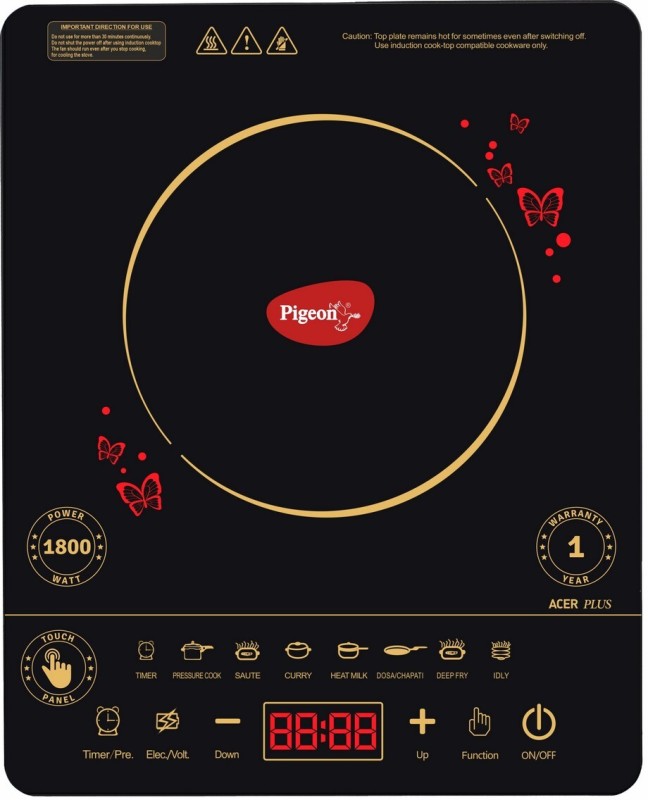
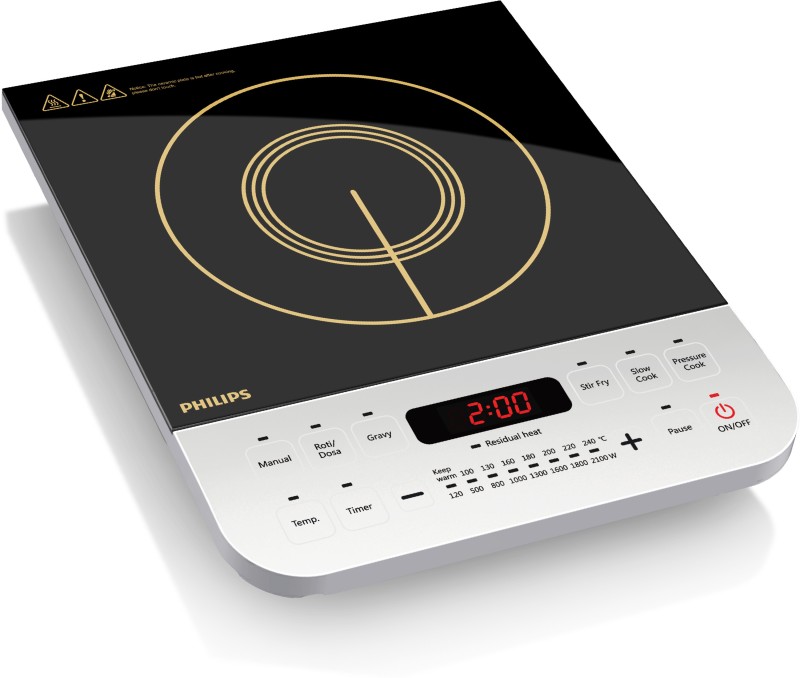
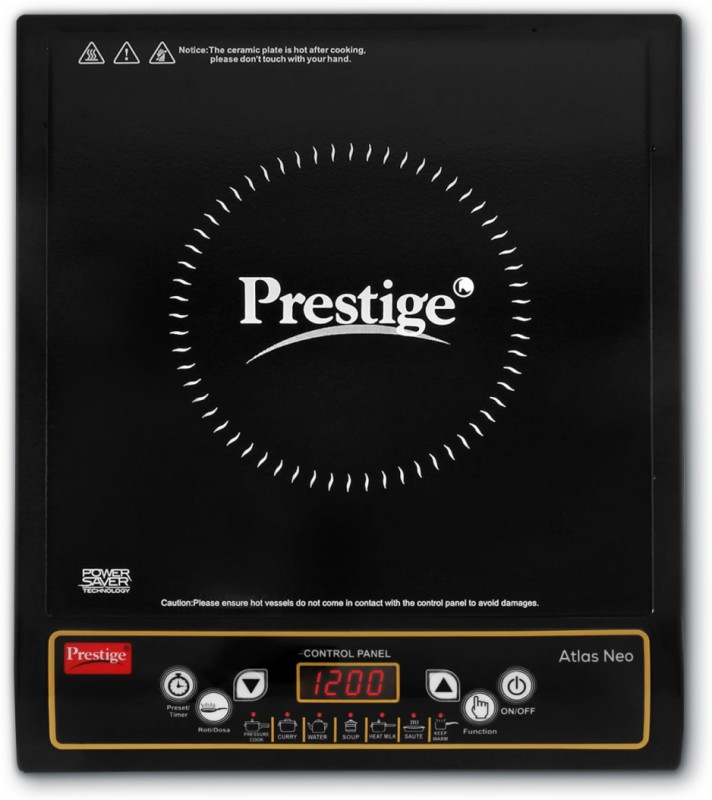
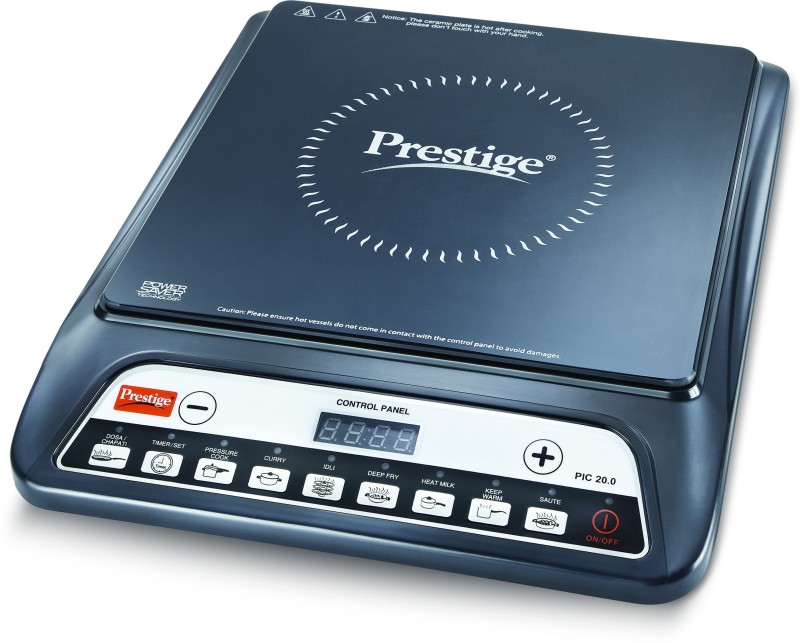
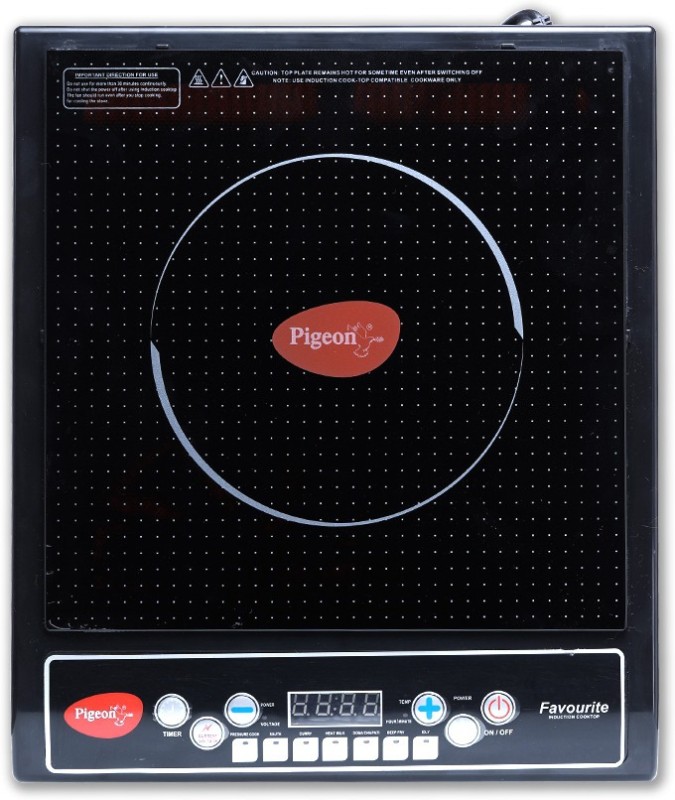
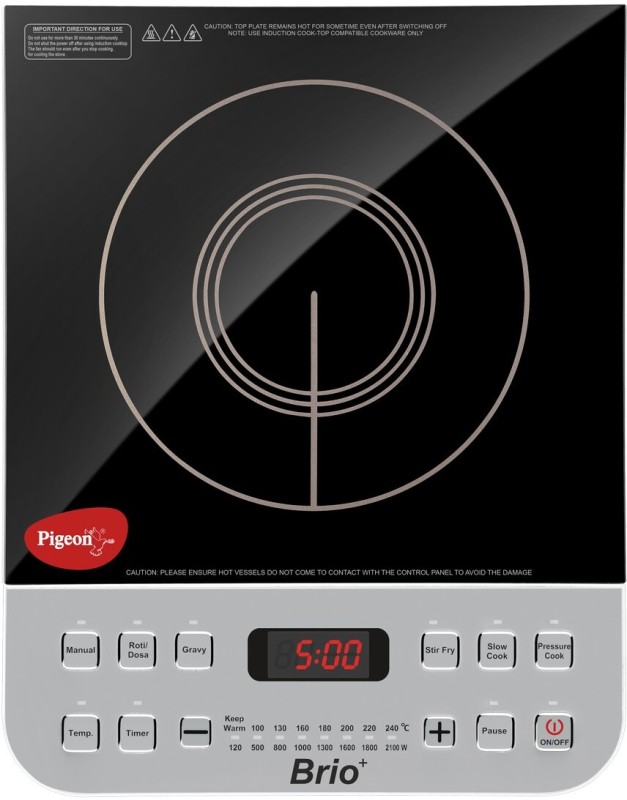


I’ve always wondered why some electric stoves heat up faster than others. Now I know it’s because of the heating elements.
Could you provide more details on the types of heating elements used in electric stoves?
I found it interesting how different heating elements can affect cooking time and temperature control.
Are there any safety considerations to keep in mind when using electric stoves with different heating elements?
Do different heating elements have any impact on energy efficiency?
Great article! I never knew there were different heating elements in electric stoves.
This article has inspired me to upgrade my electric stove with a more advanced heating element.
I never realized the importance of choosing the right heating element for specific cooking tasks. Thanks for the information!